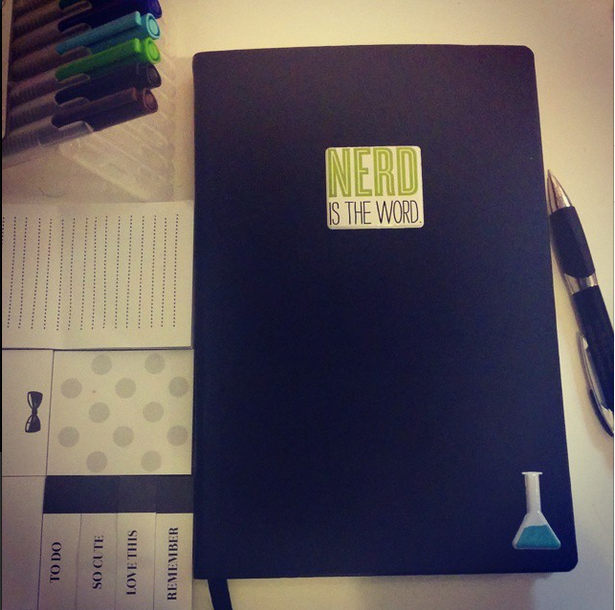Yesterday morning I attended a Universal Design for Learning (UDL) workshop arranged by @UVicEdSA. I created this infographic about the workshop, and further details can be found within this post.
The workshop started with this video that explains UDL:
UDL is about facilitating multiple means of representation, engagement, and expression for learners.
The speaker shared these 3 things that specialists from her district would like student-teachers to consider:
- Visuals,
- Sensory needs (sensory tools, movement, environment), and
- Clear, positive communication.
Visuals
These are some of the reasons visuals are important:
- Provide consistent cues about students' daily activities and routines,
- Reduce anxiety,
- Help students with language processing difficulties,
- Provide a permanent reminder, and
- Build independence.
Many of us visuals every day. As I mentioned in a previous post, I use Google Keep and my Bullet Journal to keep myself organized. These are some classroom visuals that were suggested:
- Visual schedule,
- Checklists,
- Volume meter,
- Word wall, and
- Time timer.
Some benefits of the time timer include:
- Promotes ability to judge how much time is left,
- Makes transitions smoother, and
- Builds independence.
As with most strategies, it is best used as often as possible, and not just when a student 'needs' it.
Some resources to consult include:
Sensory Needs
We each have a unique "sensory diet" that dictates
what we need to make sure we're calm, alert, and ready to learn. I have
seen some educators tweeting this quote that expresses this:
"In teaching, you can't do the Bloom stuff until you take care of the Maslow stuff." -Alan E. Beck
The importance of movement breaks was emphasized, and we got to share and try out a bunch of strategies. Having movement breaks built in really helped me to keep focused and learning throughout the three-hour workshop! Here are some reasons why movement breaks are important:
- They increase alertness and decrease anxiety,
- Kids get stressed when they don't move enough,
- Movement and sensory experience is necessary to strengthen connections between neurons,
- Promote self-regulation, and
- Help students stay on task.
Sensory tools:
- Keep fingers and feet busy, minds focused, and bodies relaxed,
- Work for some students some students and not for others,
- Work on some days and not others,
- Should be demonstrated and practiced.
- Should be discussed as being tools, not toys.
Some examples of sensory tools include:
- Fidget tools,
- Stress ball,
- Velcro strips,
- Thinking putty,
- Yarn sections,
- Tension elastics on chairs,
- Juggling balls,
- Pencil grips,
- Resistance bands, and
- Foot rests.
Mindfulness
Mindfulness has become a very trendy topic in education lately. It is about paying attention to the present moment without judgement. The speaker said that it means "paying kind and curious attention to how you're feeling, and then making a kind choice."
These books on mindfulness were suggested:
Since the speaker wrote My Gratitude Jar, she read it to us, and I was able to buy a copy right after. It is a wonderful book, and I highly recommend it! I look forward to learning more about mindfulness, through the other books on this list. Check out the video below for an in-depth look at My Gratitude Jar:
Here are some gentle brain breaks that were suggested:
- Take 5,
- Hoberman sphere breathing,
- Tone bar, and
- Mindful eating (have students try paying special attention to their first bite of snack/lunch - how does it feel/taste?).
When doing breathing exercises, instead of saying "deep breaths" try "long, slow breaths". For those interested in learning more about this, Royal Roads University offers an Applied Mindfulness Meditation Certificate program.
Clear, Positive Communication
We were advised to reduce language and increase wait time. On average, we give children 1-2 seconds to respond to instructions. For all learners, it is important to chunk information (break it into smaller pieces) appropriately.
Peter Johnson has written two books on empowering language: Choice Words and Opening Minds. Those books contain these phrases that could be used by teachers:
- Yet,
- We readers like too...,
- I bet you're proud of yourself,
- Thanks for coming today,
- What if...?, and
- That's not like you...
I started using "I bet you're proud of yourself" yesterday with my grade 1/2 Science Club students when they were coding on studio.code.org. One student answered: "I am! I didn't know how to code before, and now I am doing it!"
Sam Horn wrote Tongue Fu!, a book about verbal conflict. One take-away from this book is that replacing "but" with "and" allows for constructive feedback to be given without taking away the compliment.
Dianne Gossen's Restitution suggests these phrases:
- What's your job now?,
- What can I do to help you so you can...?, and
- When will you be ready to start?
Carol Dweck's Growth Mindset implores educations to ask "I wonder how he or she will learn this..." rather than "I wonder if he or she will learn this..."









